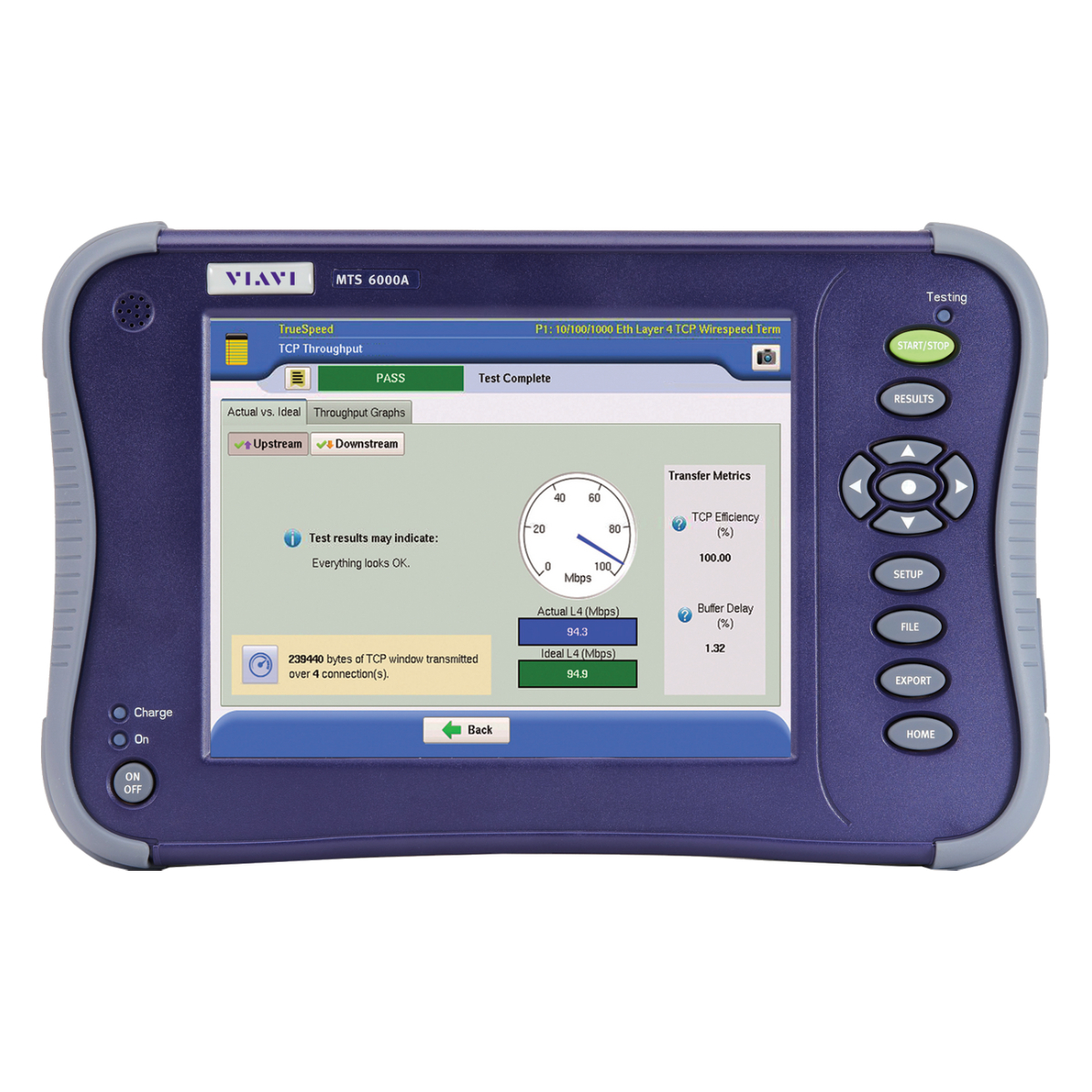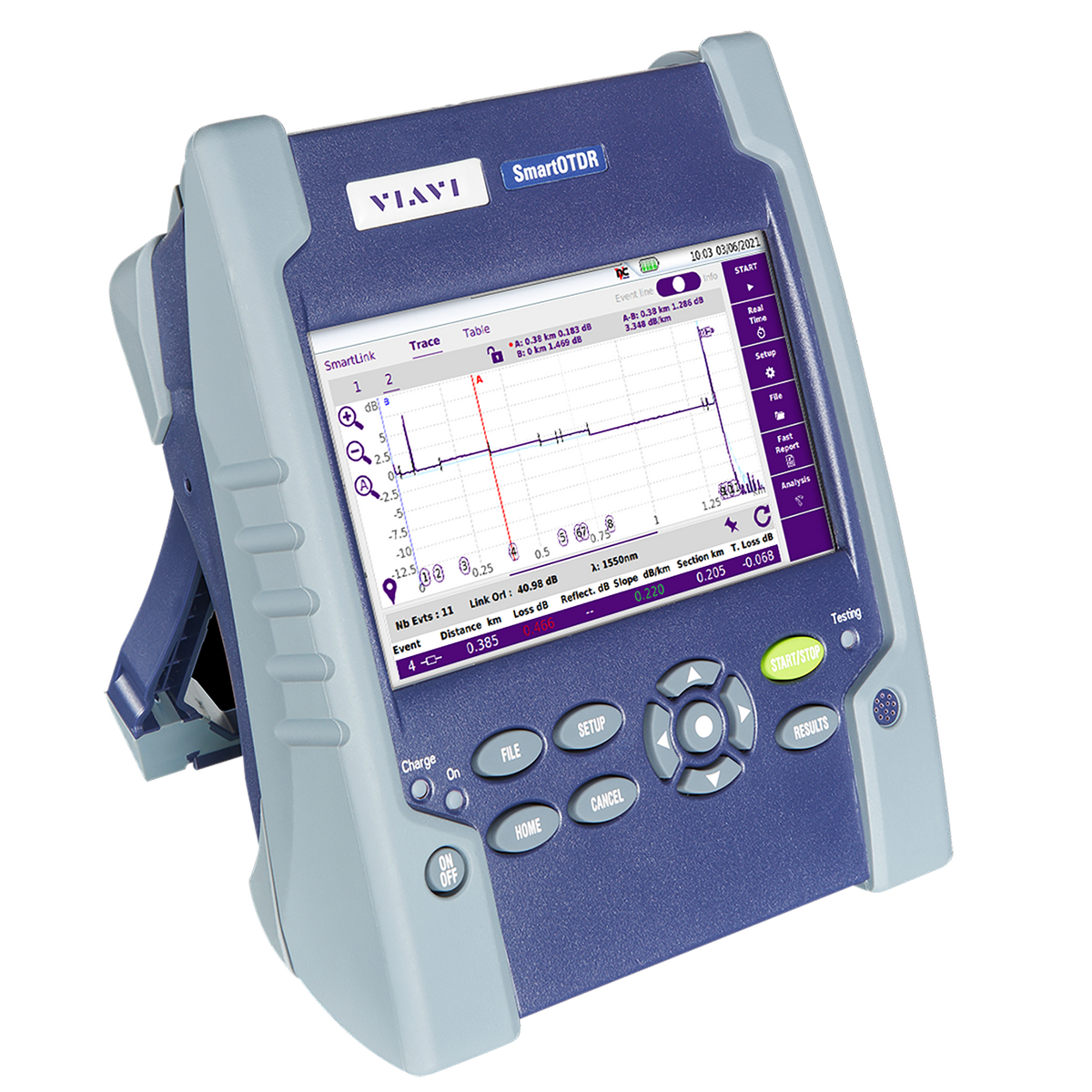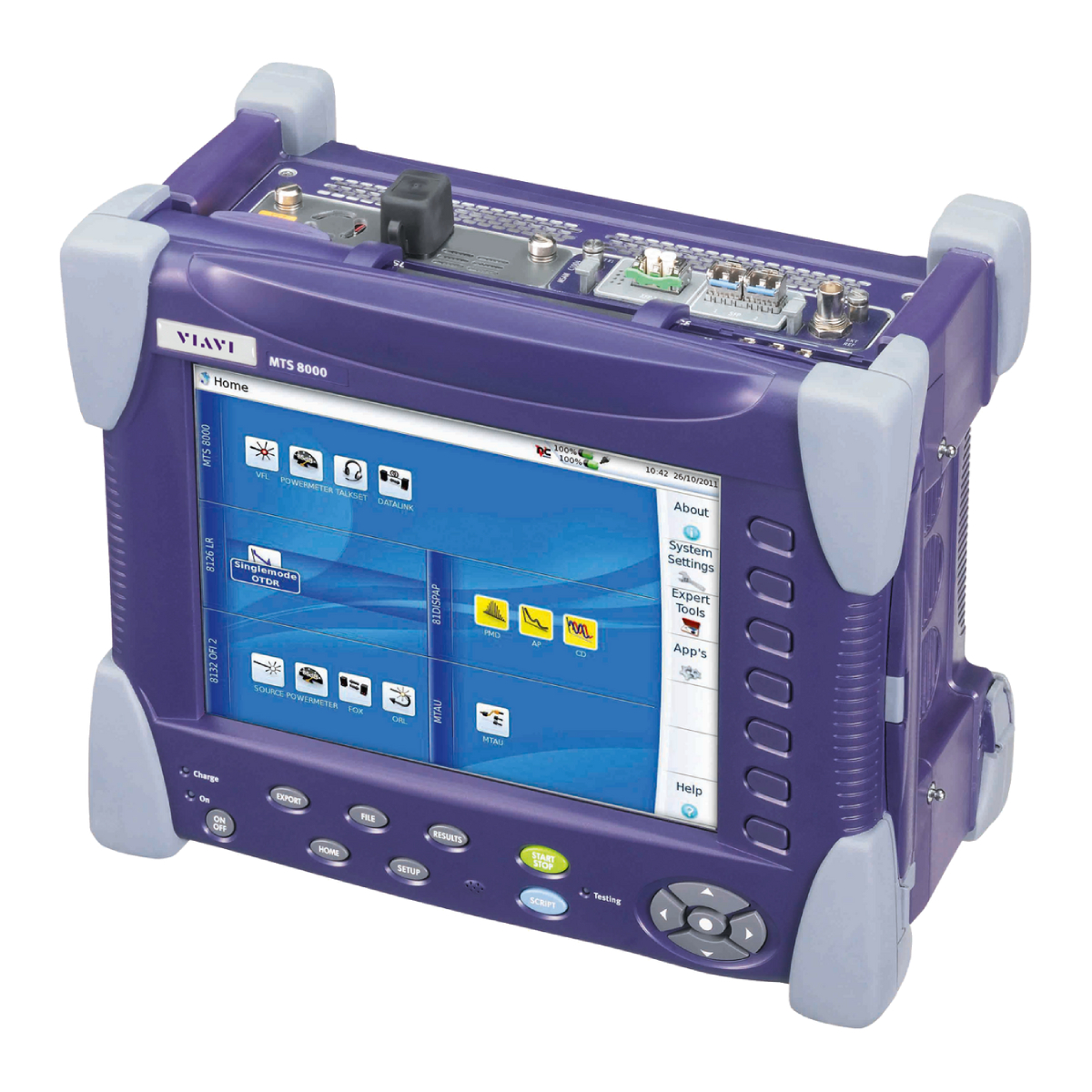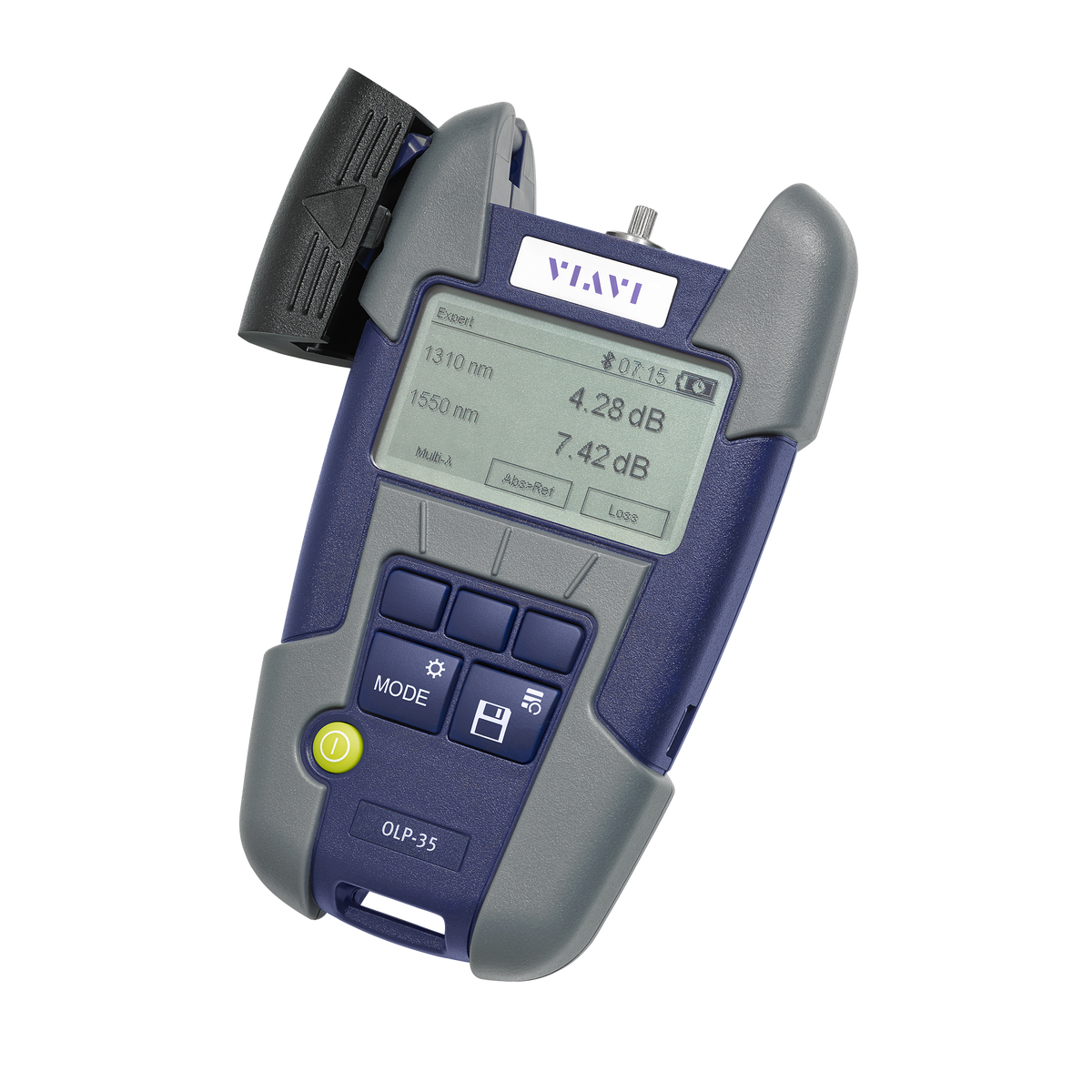Optimizing fiber performance through characterization
As optical networking migrates to 10 Gbps and faster speeds, the need for higher-quality fiber increases dramatically. Above 2.5 Gbps, the increased effects of dispersion, reductions in optical power budget, and the introduction of complex new technologies such as DWDM, ROADM, Erbium-Doped Fiber Amplifiers (EDFA), and Raman amplifiers create much greater sensitivity to impairments.
Turning up, Speeding up, or otherwise modifying an optical fiber network must require the quality of their infrastructure. Accurately evaluating the quality of fiber spans requires a very high level of expertise and complex test equipment.For most network service providers, equipment manufacturers, and contractors, it makes sense to outsource periodic fiber characterization to specialists who can get the job done quickly and correctly.

Different independent services offered by Savitri Telecom that verifies the quality and integrity of new or existing optical fibers to determine their suitability for today’s high-speed applications. Our expert field engineers perform comprehensive testing using the fiber optic measurement instruments that are meticulously maintained and calibrated. With comprehensive reports that detail results and give clear analyses and recommendations.








